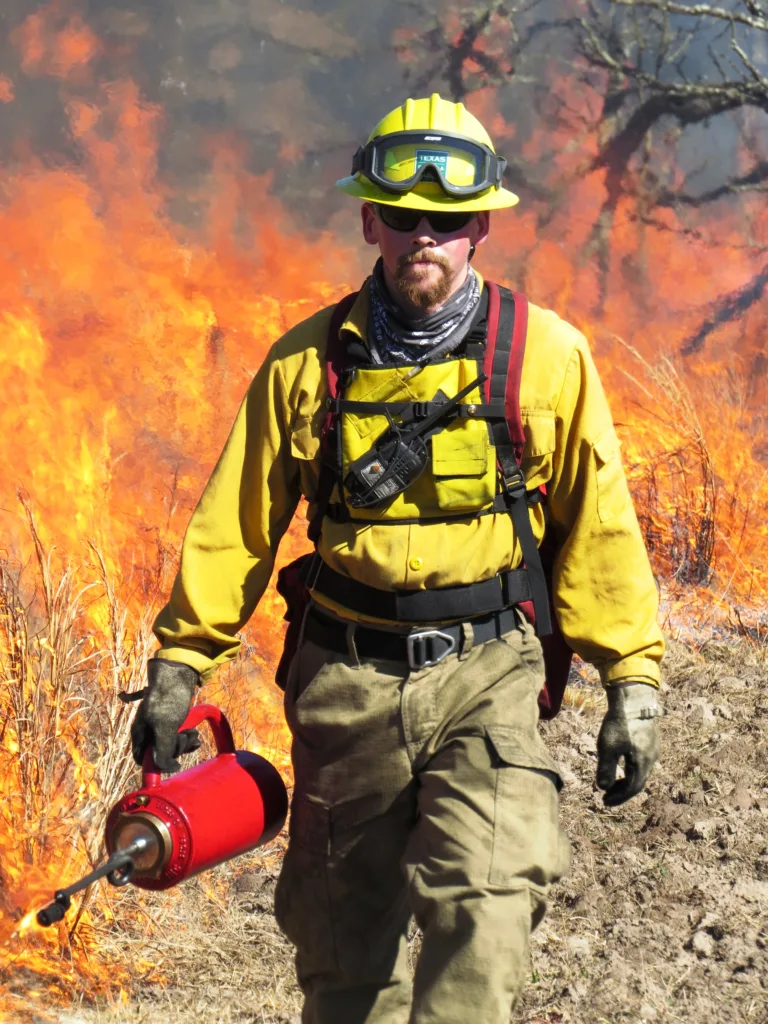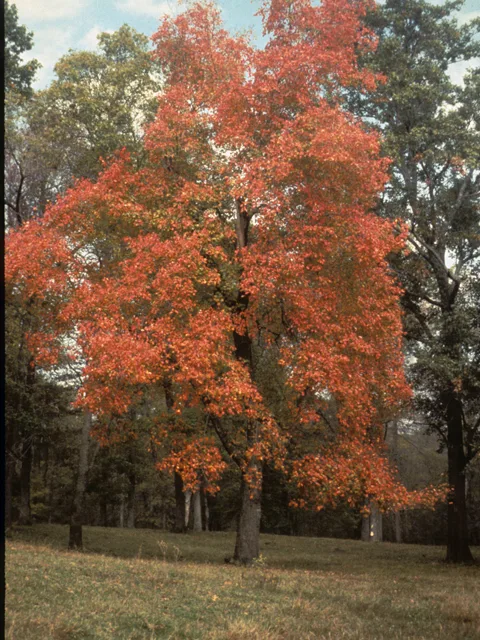March 19 @ 7:00 pm – 8:00 pm
“What harm can there be in planting one plant in my backyard? Just because it has Japanese, Chinese, Asian, Italian or Mediterranean in its name it will be OK, won’t it?” they ask.
It’s easy to think that the plants we cultivate in our landscapes don’t have much impact on our environment, but they do! Learn what makes plants invasive, the damage they can cause, and some easy ways to avoid these problems if you choose appropriate native plants that like to grow in our crazy weather and difficult soil—or lack thereof!
Deedy Wright is a life-long Texas gardener. Her particular interests are native plants and invasive plants. She has been an active member of the Native Plant Society of Texas (NPSOT) since 1996. She has completed multiple native plant courses at the Ladybird Johnson Wildflower Center and Texas A&M, and the Texas Invaders training on invasive plants.
In addition Deedy was a certified Master Gardener for 15 years in Bexar and Guadalupe counties, with specialist training in propagation and vegetable gardening.
A retired secondary language arts and social studies teacher, Deedy has taught adult continuing education classes on various gardening topics in the San Antonio area.
Here is a list of resources and native alternatives to invasive that Deedy provided.
This is a virtual meeting using Zoom. Please register in advance for this meeting: https://npsot-org.zoom.us/meeting/register/tZ0rcOuhrjIsHdAacA24SXf3wI1pm42kvmkg
After registering, you will receive a confirmation email containing information about joining the meeting.






